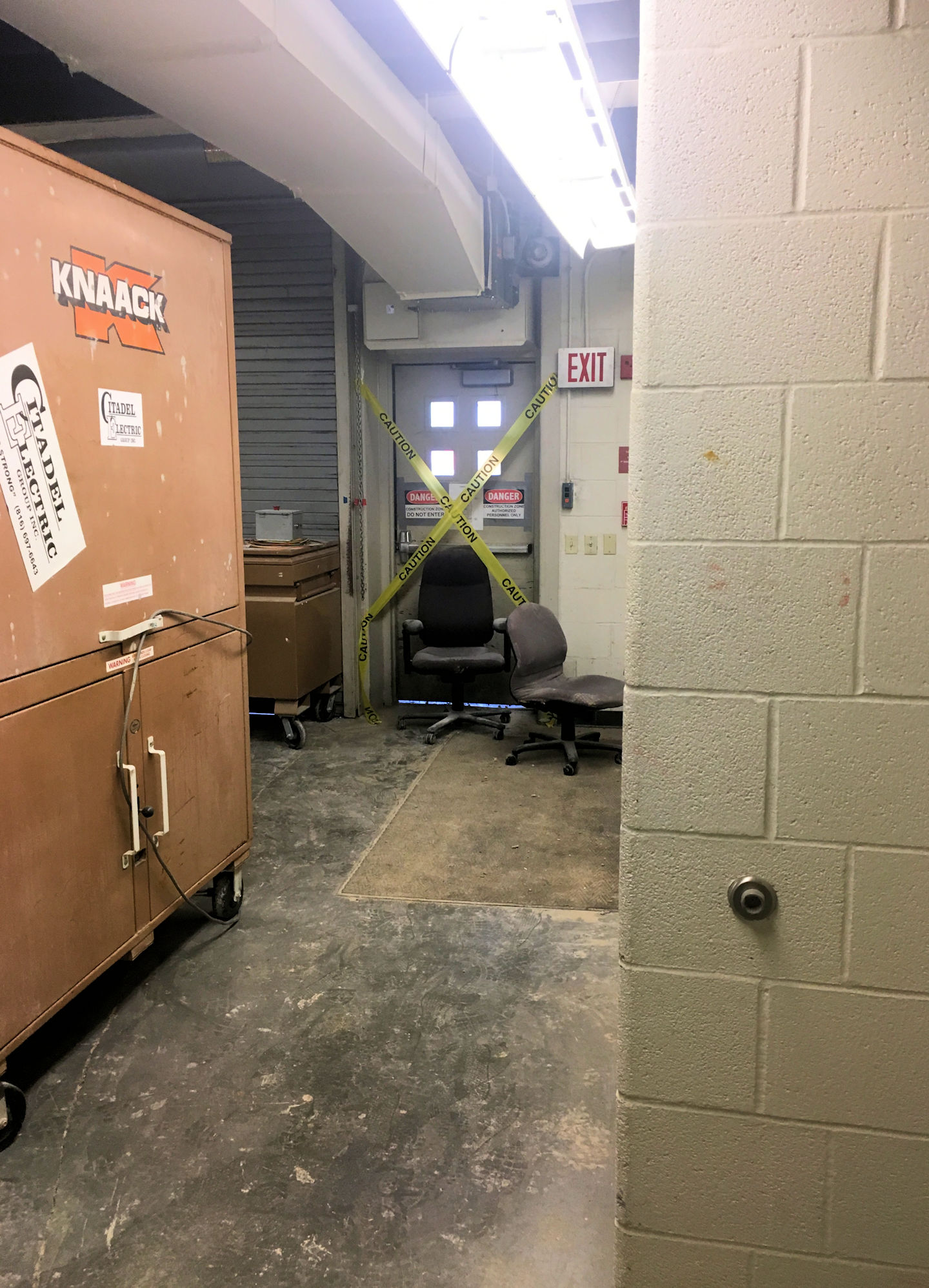The winner of yesterday’s iDigHardware 10th anniversary Yeti tumbler is Troy Sheeder from the Iowa Department of Transportation! Click here to see how you can register to win!
~~~
Yesterday, my Spanish teacher asked me what I remember about 9/11. On September 11, 2001, he was a young teenager living in Mexico. I was living near Boston, 8 months pregnant with my oldest daughter who is now a UTK freshman. My teacher and I have very different perspectives on the events of that day. While the question was intended to encourage me to practice my use of verbs in the various past tenses, it made me think about what to write in today’s post.
Of course, I will never forget that day. I was at my desk when someone from Lindquist Security Technologies told me about the first plane. I spent the rest of the day in front of the television, in disbelief. But what can I write that has not already been said countless times? Today, along with taking time to honor the lives lost, I think the best contribution I can make is to continue educating iDigHardware’s visitors about egress, fire protection, and accessibility, along with security and functionality of doors and hardware.
With that said, here is today’s Wordless Wednesday photo, which I received from Marc Bates. This occupied building’s egress drawings and exit signs lead to an exit that is blocked, because the adjacent area is under construction. We need to always be on the lookout for situations like these – our attention to these problems can affect the safety of building occupants.
#seesomethingsaysomething
~~~
Note: Several readers have asked for a link to take them directly to a post’s comments, in case they want to come back and see the insight that has been shared on a particular post. The comment count under each post on the home page is now a link directly to the comments, and there is also a comment count link at the top of each post (this is visible when there is at least one comment). Let me know if you have other suggestions!
You need to login or register to bookmark/favorite this content.







By “adjacent” does that mean outside the door? Or an interior space adjacent to it. In either case unless the direct outside leads to a construction zone would there be a reason to block this opening off?
The way I understand it, the blocked door leads directly to a construction zone. The exit routes within the building should have been modified, rather than leading building occupants to this door.
– Lori
Lori,
Just a heads up. ever since the new site went up I no longer receive an email notification that a reply has been posted to my comment like the old site did. I will assume that I am not alone in this. Not sure if this is by design or not, but figured I’d share if it wasn’t.
Thank you! I didn’t realize that we somehow lost that function during the change. It should be working now…let me know whether you get a notification of this reply!
– Lori
Lori,
Still did not receive an email notification from your reply. I tried leaving a reply to the most recent comment from you on 9/11/19 @ 5:13 but it just wouldn’t post.
It is generally somewhat terrifying how many times I need to explain that emergency egress must be maintained in occupied construction. And no, that doesn’t mean that Jimbo can lay down a plank for someone to walk across when the fire alarm goes off.
You scared me.
At first glance I thought it was my place.
Nope, whew.
Do they even have an ILSM for this?
Based on the amount of light coming in, I assume this is an exterior door. I’ve seen temporary exit passages created when internal remodels temporarily block normal paths but this might be problem created by a different owner. Where does the code address that?
I see this condition a lot when construction takes place. More than likely there are other issues we aren’t seeing in the photo, things like the alternate paths may now exceed allowable travel distances, creation of a now dead-end corridor, etc. There could be more extreme conditions like emergency vehicle access through of around the site.
I like to sit with the Fire Marshall in the later stages of design and walk them through each phase of construction to hear their feedback, discuss solutions, etc. You get their buy-in at that stage and the project will go a lot smoother.
I think that the right course of action should have been to just put some warnings as to where this exit leads to and to only use in case of an emergency.
I agree. I used to work for a construction company who performed work in occupied hospital. We would try to direct away from construction, but would provide signage that said enter only in an emergency. At night we would have to make sure none of the egress in the construction project was blocked by ladders or equipment.
Depending upon the emergency taking your chances in a construction area maybe the safest way to go.
It never seizes to amaze me when architects plan out the plans that they usually forget to recognize the need for occupants to get out in an emergency. Though I have seen an emergency exit through the edge of a construction zone barricaded by a fence and labeled emergency exit only.
Testing the comment notification system.